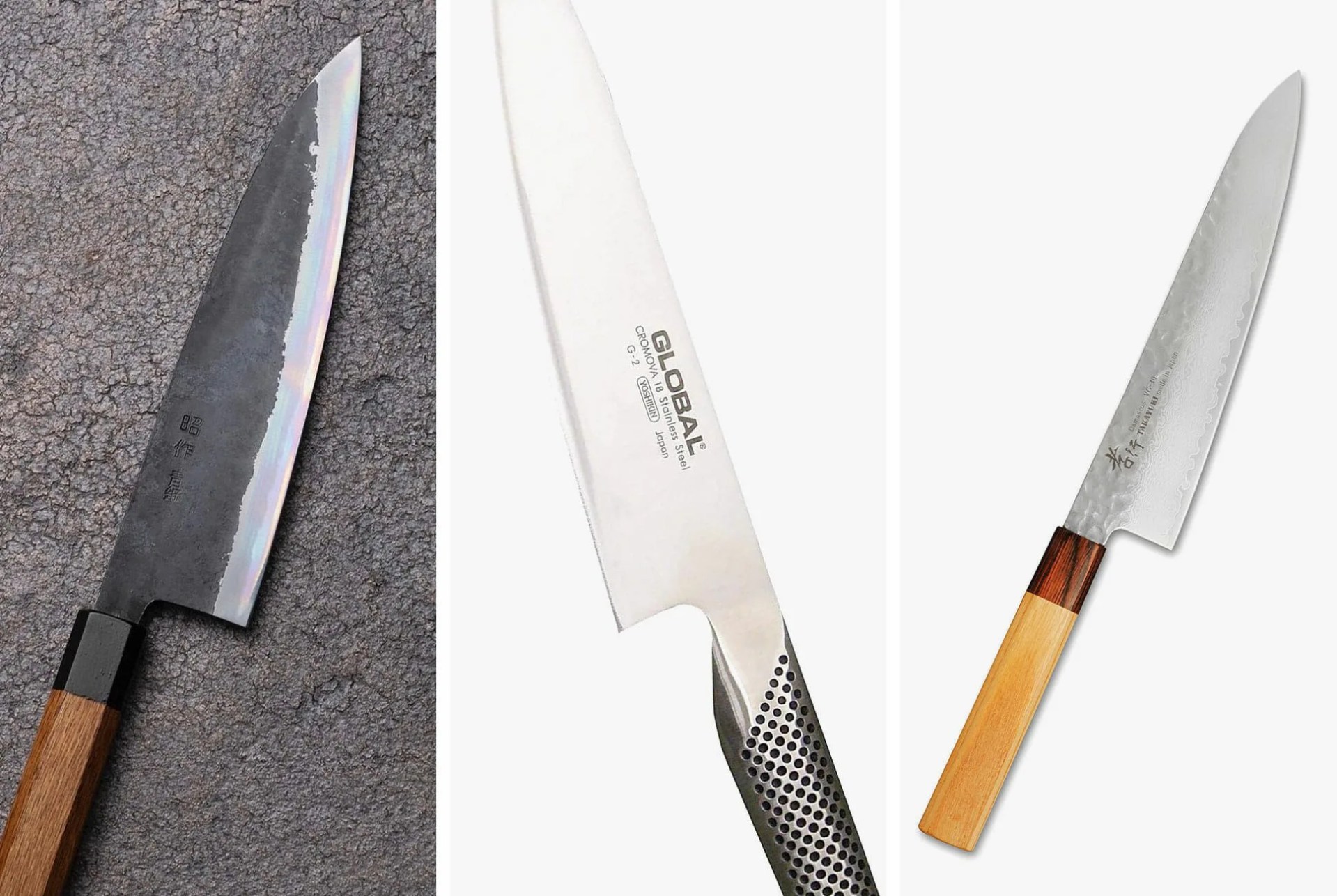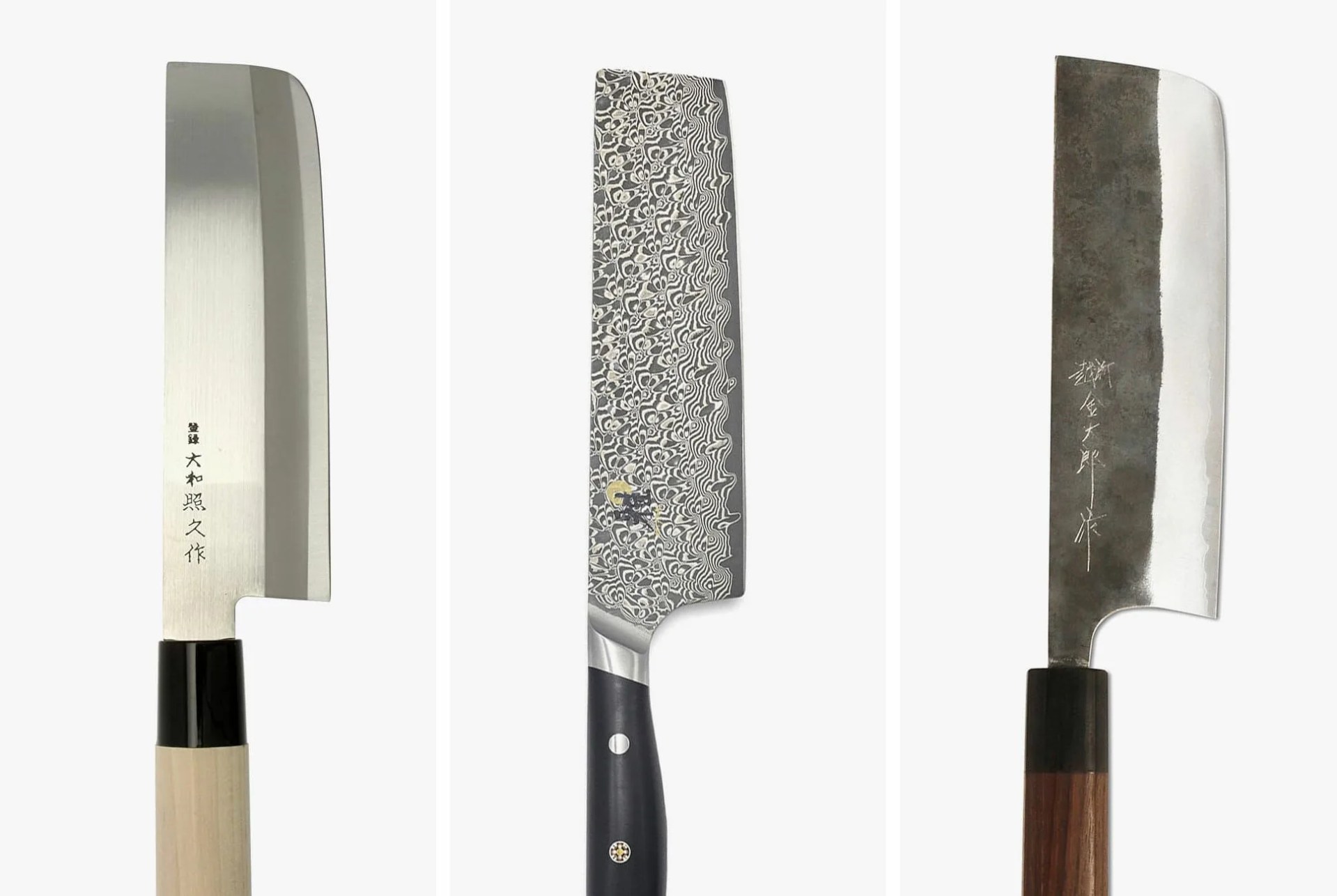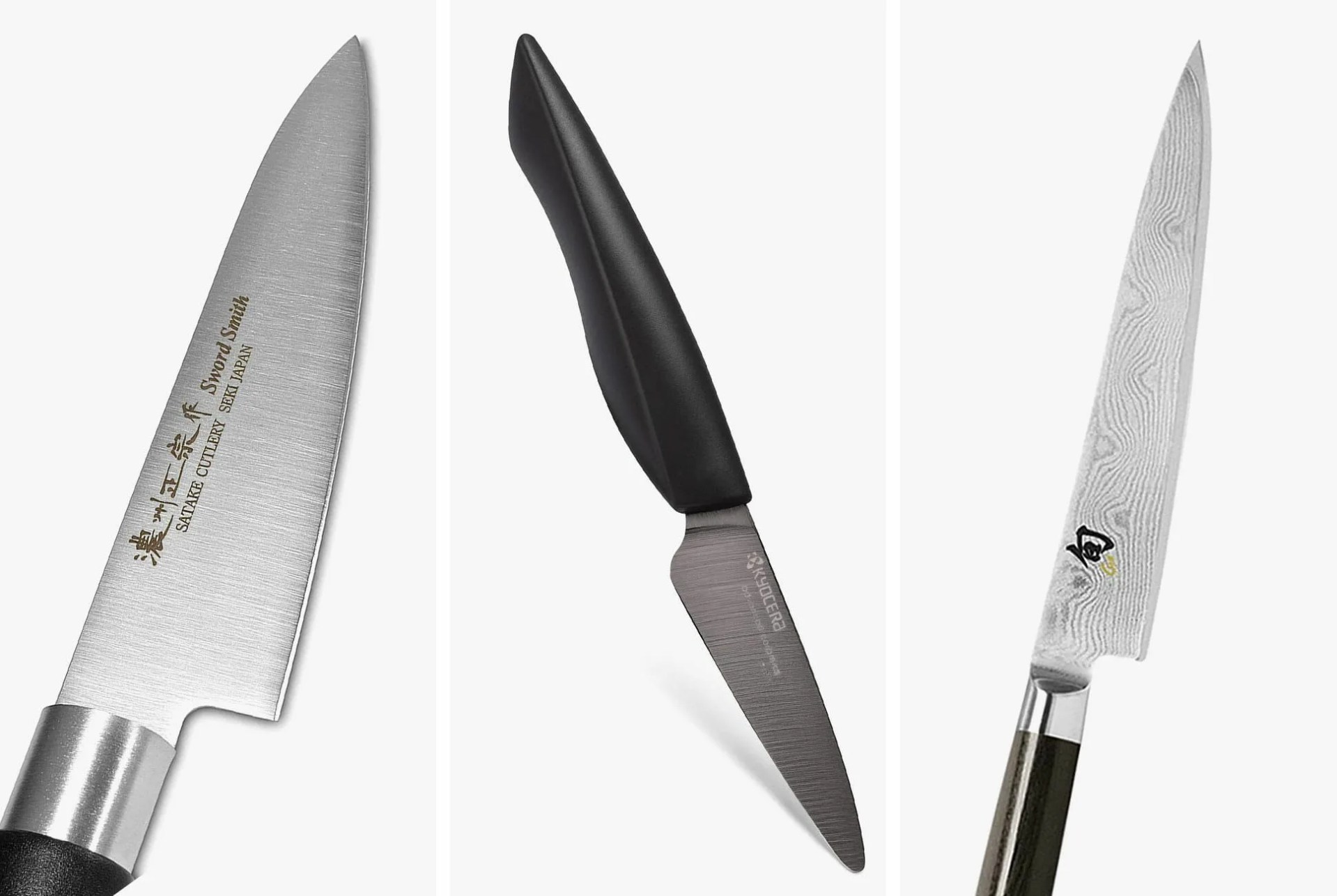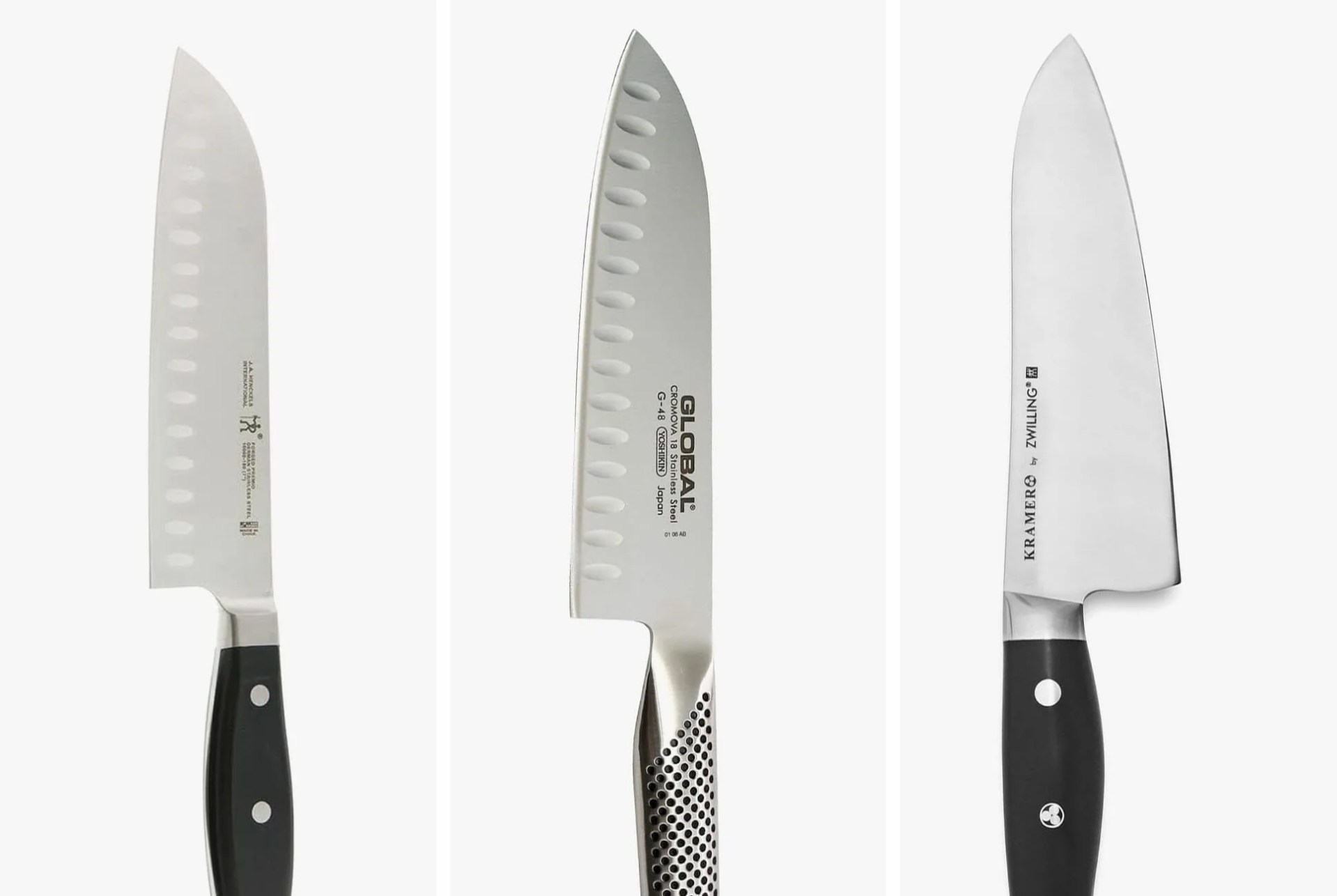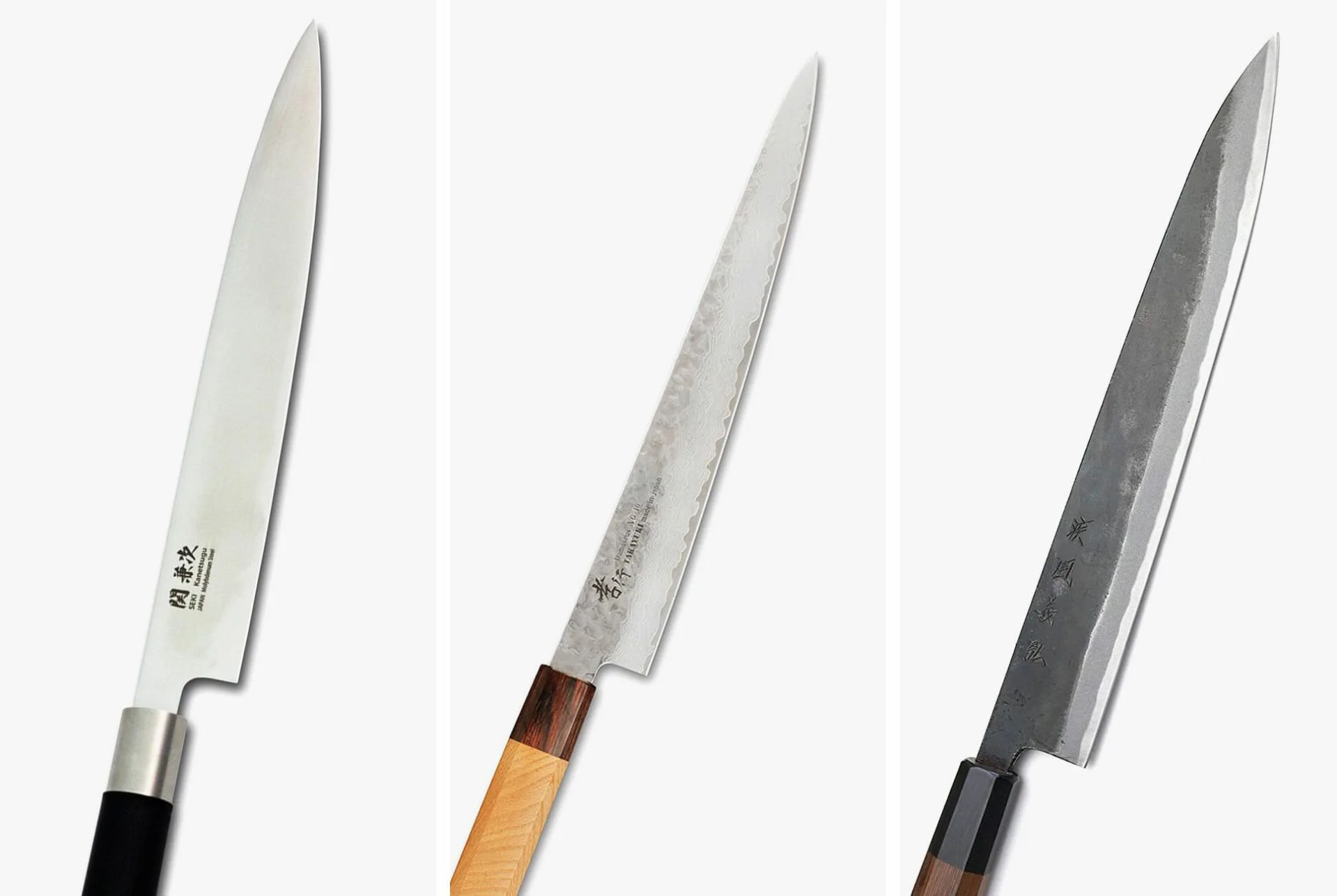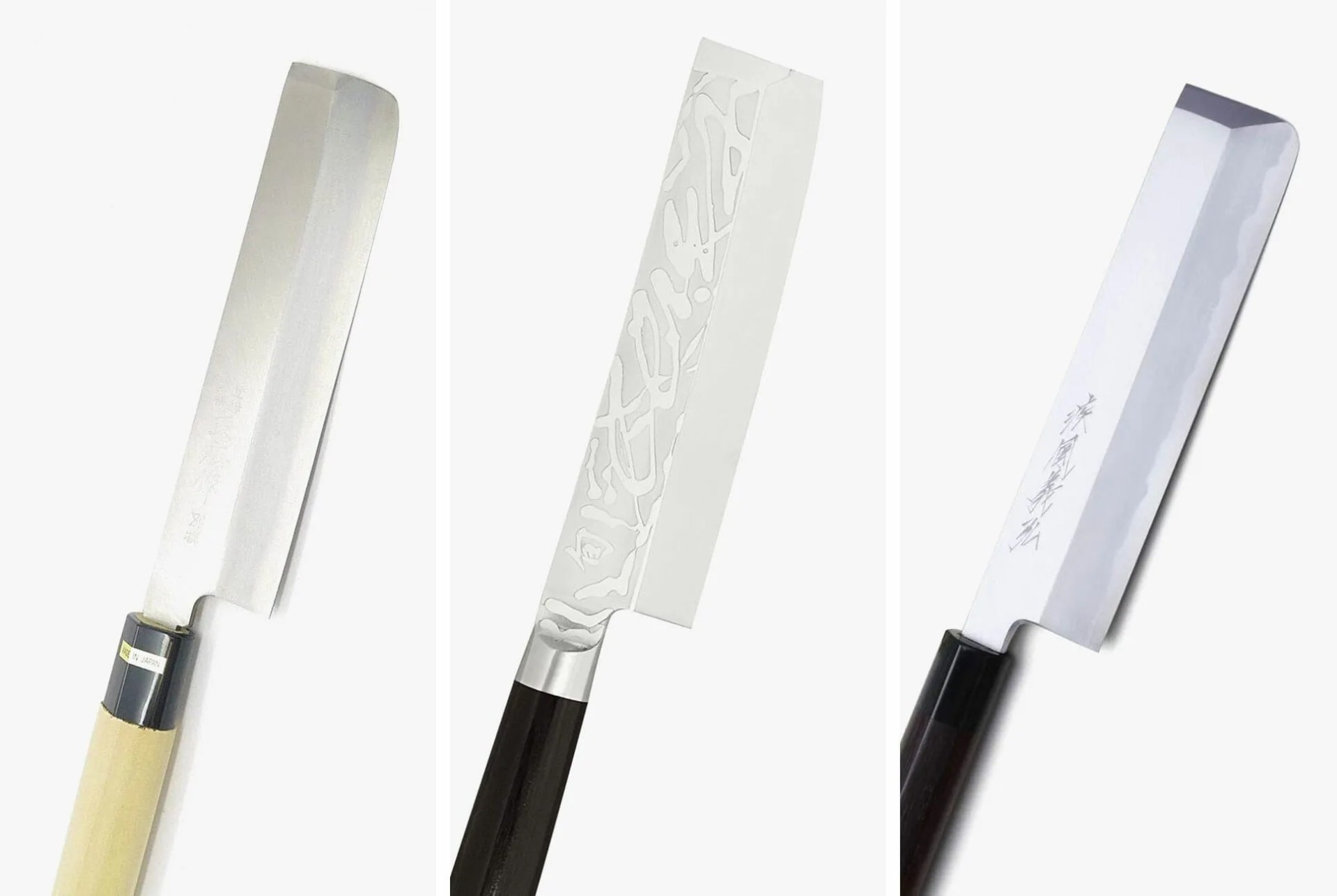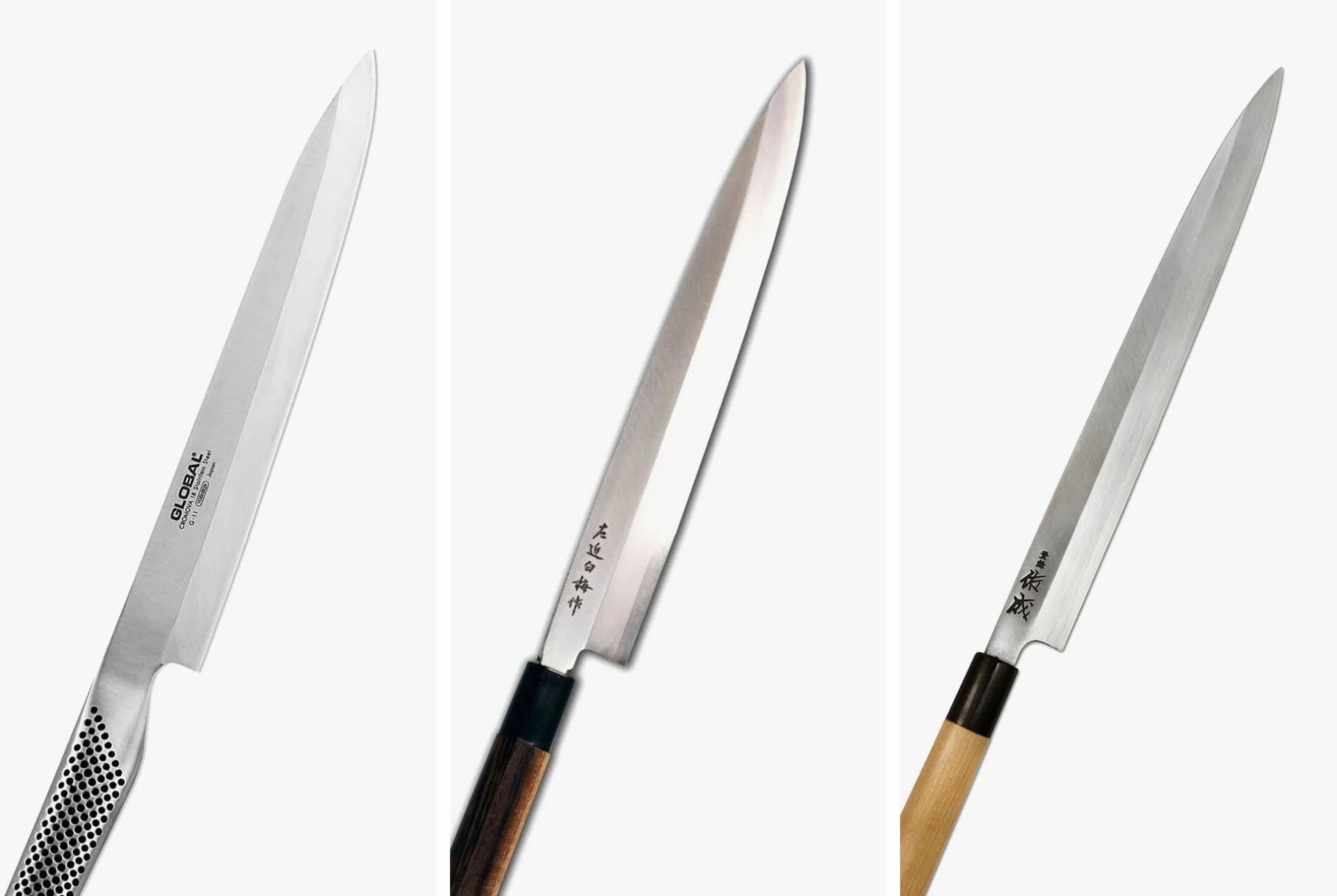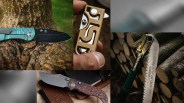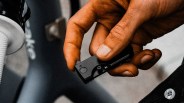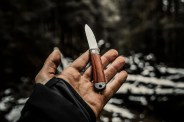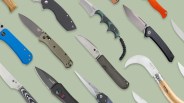Japan’s long-standing tradition of crafting high quality blades extends beyond katanas. The country produces some of the world’s best kitchen knives.
Professional chefs and home cooks alike tend to lean either German or Japanese when it comes to their blades, with Japanese knifemakers leaning more on specialization and task-specific designs.
From the gyuto to the yanagi, these are the eight most important Japanese kitchen knife styles to know.
1. Deba
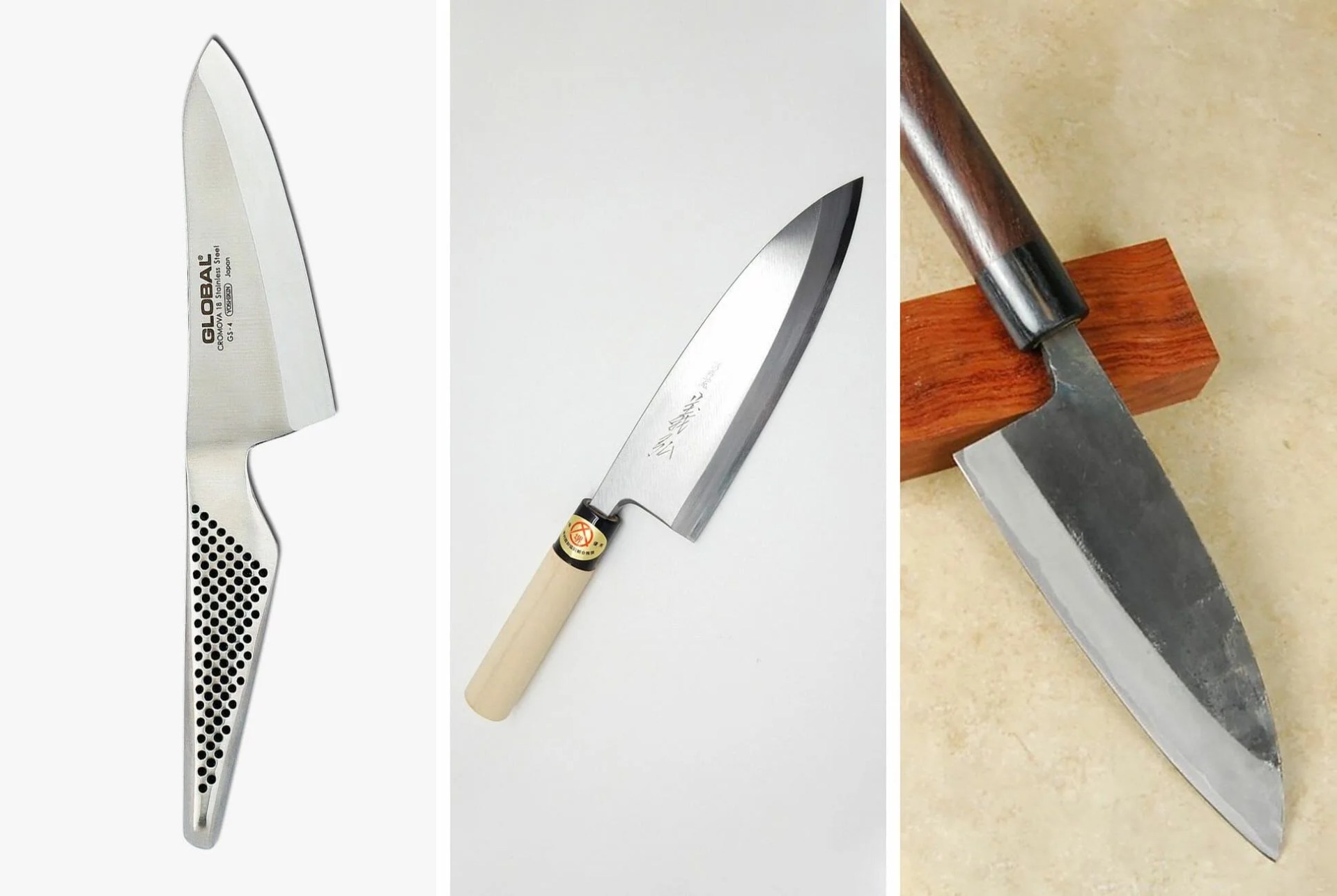
Deba knives are sturdy, somewhat petite blades used primarily for working with fish. Fishermen and fish mongers use deba knives to scale, behead and filet fish without damaging the flesh, and the blade is strong enough to cut through thin or weak bones.
Don’t try to chop through thicker bones, however, or you’ll risk damaging the knife. Instead, opt for the yo-deba knife, which is more adept for cutting through bones and shellfish.

